Most songbird nestlings eat insects, but some, like house finches, don't For insect eaters chopped mealworms (available at pet stores) or insects like flies, crickets, grasshoppers, and moths You can supplement the insects with chopped, cooked, and cooled to room temperature hardboiled eggs {"smallUrl""https\/\/wwwwikihowcom\/images\/thumb\/1\/19\/MakeBaby However, the blue jay populations have decreased by about 28% between the 1960s to 15 About 87% of the blue jay population is known to be living in the US while 13% is known to be living in Canada The migratory habits of blue jays bring them up and down the Atlantic coast (along with the Great Lakes), but little else is known about where Northern blue jay Found in the Northeastern United States and Canada Coastal blue jay Found from North Carolina to Texas;

Tips For Attracting Blue Jays Blain S Farm Fleet Blog
Blue jay nestling diet
Blue jay nestling diet-They also take dead and injured small vertebrates Blue Jays sometimes raid nests for eggs and nestlings, and sometimes pick up dead or dying adult birds Stomach contents over the year are about 22 percent insect Acorns, nuts, fruits, and grains made up almost the entire remainderBlue jay diet baby Blue jays glean insects and take nuts and seeds in trees, shrubs, and on the ground;




Baby Blue Jay Hand Feeding Youtube
One of the loudest and most colorful birds of eastern back yards and woodlots, the Blue Jay is unmistakable Intelligent and adaptable, it may feed on almost anything, and it is quick to take advantage of bird feeders Jays mostly eat nuts and insects, often delivering fat caterpillars to chicks in the nest Nests are usually 10 to 25 feet up, well hidden in the forks ofFinding A Baby Bird Some bird species diet will change from the nestling phase to the fledgling phase of their development Do you know exactly what the bird eats?
Diet Steller's Jays are omnivores, and their diets are about 2/3 vegetablematter and 1/3 animalmatter The vegetable portion of their diet consists of seeds, nuts, berries, and fruits, and the animalmatter portion consists of bird eggs and nestlings, invertebrates, suet, small rodents, reptiles, and carrionFlorida blue jay Found in southern Florida;Blue Jays are omnivorous, and they will eat almost everything their mother brings to them They will mostly eat nuts, seeds, and insects in the wild, which the mother will look for and get to them If you have an adopted blue jay, you can feed it anything;
Although adults can range from 70 to 100 g Males are generally larger than females Western scrubjays are Every backyard birder has seen the "starving baby" act by fledgling birds, when they flutter their wings and call piteously for attention from seemingly hardhearted, indifferent parents The desire to nurture those fluffy balls of feathers can be strong, but it is important to understand the special needs of a fledgling's diet and know what to feed a baby bird for the best nutritionDiet and Nutrition Western scrubjays are omnivores They feed on small animals, such as frogs and lizards, eggs and young of other birds, insects, and (particularly in winter) grains, nuts, and berries They will also eat fruit and vegetables growing in backyards Diet Omnivore



Baby




12 Tips On How To Attract Blue Jays To Your Yard 21 World Birds
Likewise, birds of prey will sicken and die if fed a diet of hamburger or hot dogs Baby songbirds, grackles, jays and crows need a protein diet and cannot digest bread The best thing you can do for a stranded wild creature is to leave it in peace until you can get the advice of a wildlife rehabilitatorMost of their diet was composed of insects and nuts The Blue Jay frequently mimics the calls of hawks, especially the Redshouldered Hawk These calls may provide information to other jays that a hawk is around, or may be used to deceive other species into believing a hawk is present Blue Jays are omnivores and can Hold nuts and acorns in their feet Use their heavy bills to crack open nuts and acorns Find and extract insects from trees Test the weight of seeds with their bill to deem whether they're worthy or inedible




California Scrub Jay Audubon Field Guide
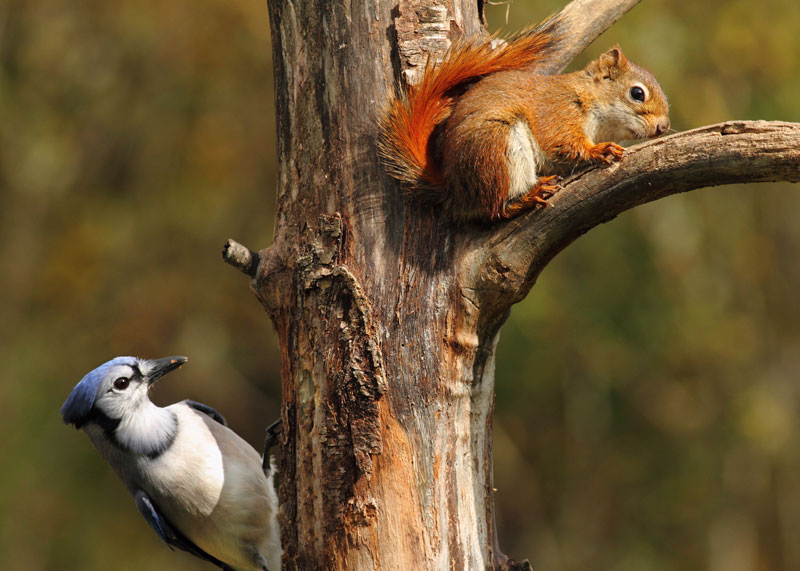



Hinterland Who S Who Blue Jay
The Blue Jay diet is also augmented with seeds and fruits Of course, no matter what statistics imply, Blue Jays do rob nests Audubon's famous painting, depicting three jays devouring eggs, was almost certainly based on scenes he had witnessed personally I've watched several jays taking young robins from nests Blue jays are omnivores with a very diverse diet, ranging from nuts, seeds and acorns to bugs, caterpillars, other birds' eggs and leftover scraps from humans!The different subspecies are classified by color, which is a reflection of their habitat Their ranges overlap, and natural interbreeding occurs




Tips For Attracting Blue Jays Blain S Farm Fleet Blog




A Mother Blue Jay Feeding Her Hungry Babies Photober Free Photos Free Images For All
"The birds of which I have been treating appear to be in want of a generic nameThey stand in the same relation to the South American genus Cyanocorax, typified by C pileatus, and of which Cyanurus, Swains, is a synonym, which Garrulus bears to Corvus, being essentially BlueDescription Edit The blue jay measures 22–30 cm (9–12 inches) from bill to tail and weighs 70–100 grams (247–353 oz), with a wingspan of 34–43 cm (13–17 inches) There is a crown of feathers on the top of the head, which may be raised or lowered according to the bird's mood When excited or aggressive, the crest may be fully raised When scared, the crest comes outwards, brushlikeBlue jays typically form monogamous pair bonds for life Both sexes build the nest and rear the young, though only the female broods them




What Do Baby Blue Jays Eat Bird Feeder Hub




12 Tips On How To Attract Blue Jays To Your Yard 21 World Birds
Blue jays are also known to do the courtship feeding which begins even before the building of their nest This continues until the egglaying, incubation and egghatching During the incubation period, the female bird mostly stays in the nest It is the male blue jay that looks for food to feed his mateBlue Jay Behavior, Migration, Diet & Habitat Blue Jay Facts Blue jay measures around 98 – 118 inches (25 – 30 cm) in length The wingspan measures around 34 – 43 cm (134 – 169 inches) Blue jay weighs around 70 – 100 grams (25 – 35 oz) Blue jays migrate in flocks consisting thousands of individuals around the AtlanticYou would provide a grown blue jay but keep it in small sizes for the bird to swallow




Little Known Fact Blue Jays Are Vicious Carnivores




Blue Jay Audubon Field Guide
Ϯ Blue Jay C cristata) Gr κυανος kuanos darkblue;"The birds of which I have been treating appear to be in want of a generic nameThey stand in the same relation to the South American genus Cyanocorax, typified by C pileatus, and of which Cyanurus, Swains, is a synonym, which Garrulus bears to Corvus, being essentially Blue Also asked, what do baby blue jay nestlings eat?
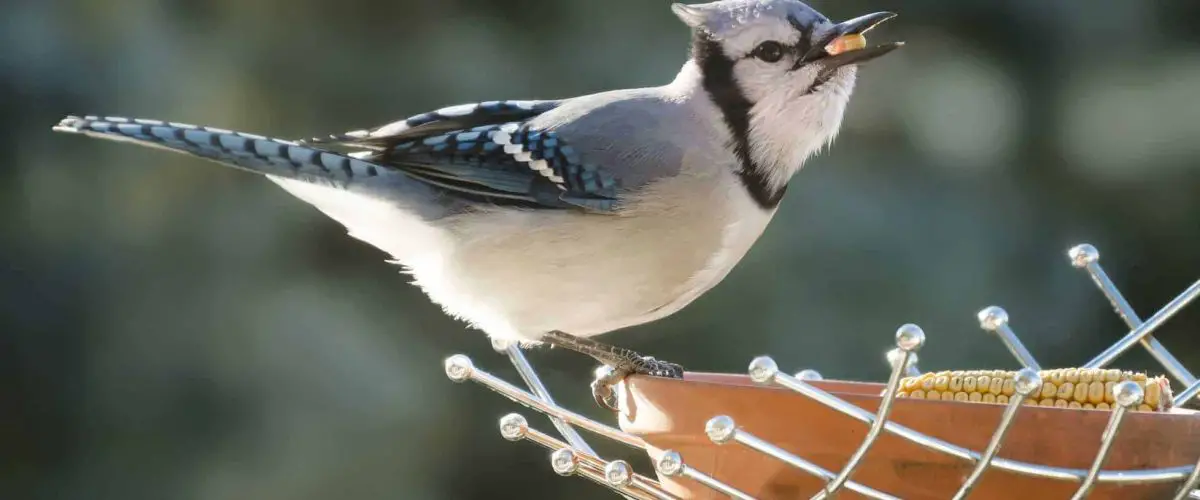



How To Attract Blue Jays To Your Yard Wild Bird World
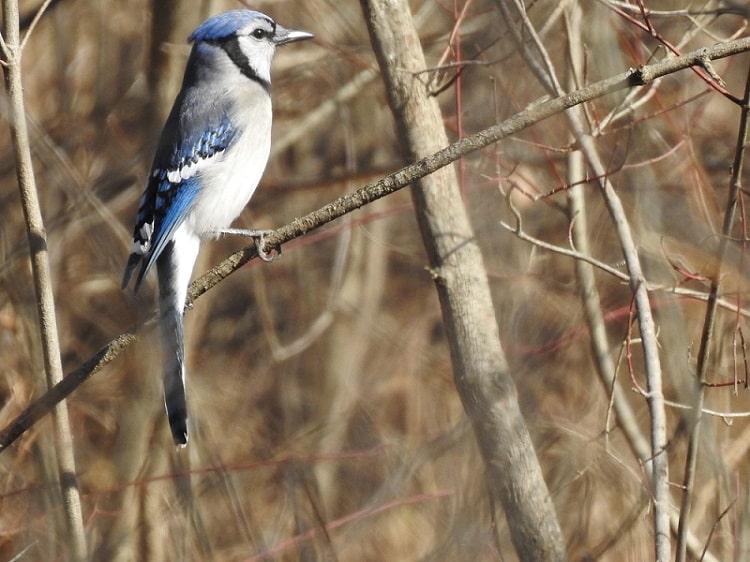



Blue Jay Bird What Do They Eat Where Do They Nest
It's a free and easy way to help support my channel and allow me to contiLike most species, the jay's diet changes with the seasons but is noteworthy for its prolific caching of food—especially oak acorns and beechnuts—for winter and spring While caching occurs throughout the year, it is most intense in the autumn HealthIt's a free and easy way to help support my




Blue Jay Description Habitat Image Diet And Interesting Facts
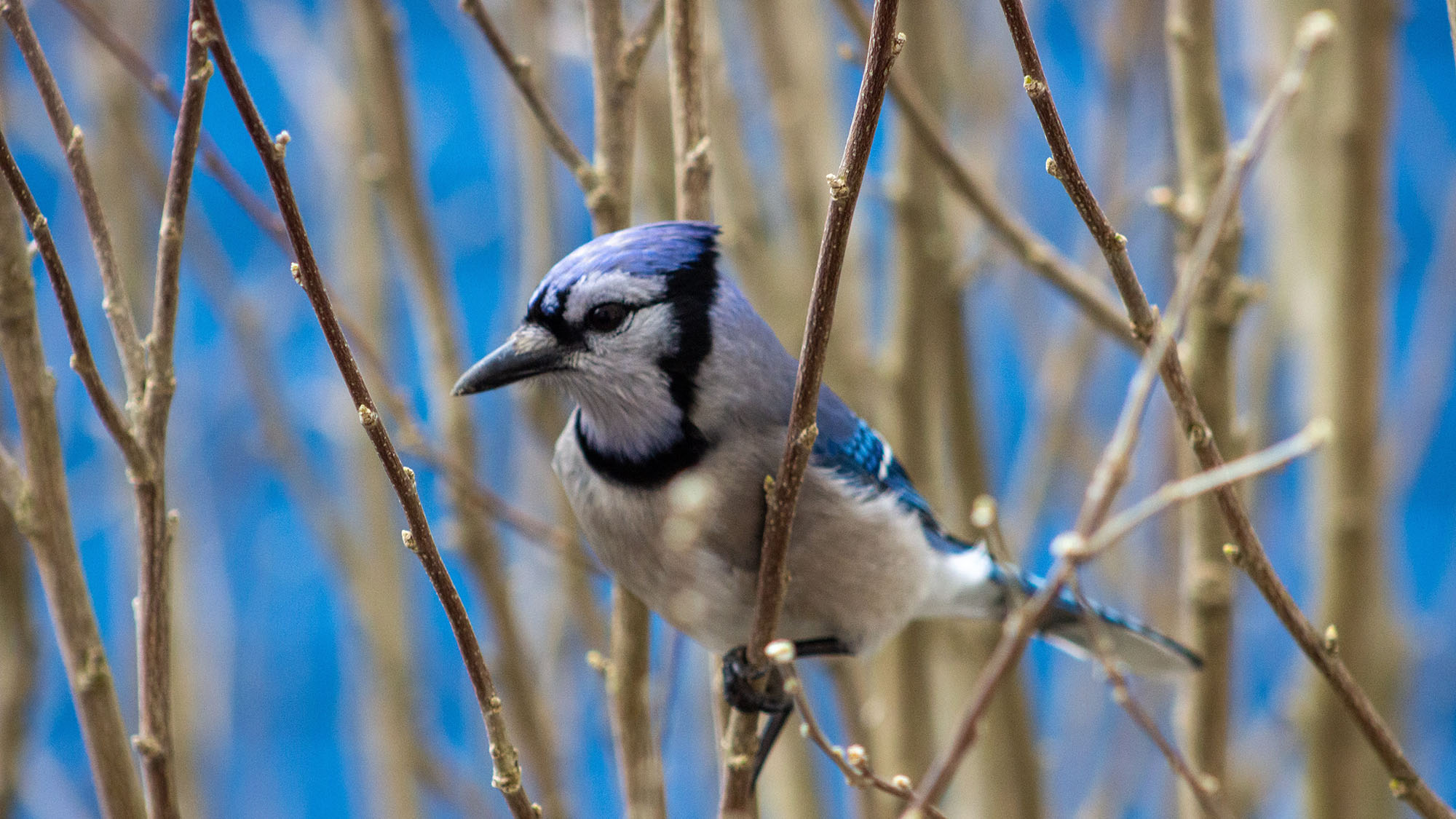



What Do Blue Jays Eat Know The Facts Bird Watching Pro
Nesting Habits of the Blue Jay Blue Jays build their nests in tree branches or where there is a "V" in the tree The nest is made from grass, small twigs, leaves, and bark and is sometimes "glued" together with mud The female Blue Jay will lay between 36 Feed hatchlings at regular intervals from morning until night Feed youngster blue jays a blend of infant bird food, creepy crawlies, wheat bread, mealworms, nuts, hacked apples, hay fledglings, and sunflower seeds In the wild, child birds eat what their folks eat worms, creepy crawlies, seeds, etcNesting Western ScrubJays are typically monogamous, and nest in shrubs or low trees Both members of the pair help build the nest, which is a thickwalled cup made of grass, twigs, and moss, lined with soft rootlets and hair The male brings food while the female incubates 3
/blue-jay-2-5991e6b0c412440011b66974.jpg)



Blue Jay




Blue Jay Snatches Up A Baby Chipping Sparrow From Its Nest Youtube
Nesting Habits of the Blue Jay Blue Jays build their nests in tree branches or where there is a "V" in the tree The nest is made from grass, small twigs, leaves, and bark and is sometimes "glued" together with mud The female Blue Jay will lay between 36 The blue jays love eating caterpillars, grasshoppers, beetles, spiders, gypsy moths, arthropods In fact they can eat up to 30% of their body weight each day One study showed that up to 75% of a songbird's diet is composed by invertebrates like insects and wormsInterior blue jay Found in the middle United States;




The Odd Diet Of Blue Jays Did You Know Birding Episode 1 Hd Youtube




Blue Jay Life History All About Birds Cornell Lab Of Ornithology
The jay swoops down to beat the human's head with its wings, sometimes planting a peck or scrape to the scalp Here are some ways how to feed a baby blue jay They eat nuts, fruits, seeds, insects, mice, frogs, small birds and bird eggsNestlings and eggs are vulnerable to predation by snakes, birds and small mammals Egg and nestling predators include milk snakes, black racers, pilot black snakes, blue jays, fox squirrels, red squirrels and eastern chipmunks Brownheaded cowbirds also remove eggs from the nest, sometimes eating themThe "blue jay" of dry lowlands along the Pacific seaboard, the California ScrubJay combines deep azure blue, clean white underparts, and soft graybrown It looks very similar to the Woodhouse's ScrubJay (they were considered the same species until 16), but is brighter and more contrasting, with a bold blue breast band




The Blue Jay




Breeding Blue Jay Cyanocitta Cristata Birds Of The World
If you have ever taken a leisurely stroll through the springtime woods in the eastern or central regions of the United States, then you know how rich the natural landscape can beFeeding a Baby Blue Jay Fledgling and Releasing it to the WildEnjoy every day!Please Share, Like, and Subscribe!Found Baby Bird Out of Nest What Do I Do?




Blue Jay A New Look At A Common Feeder Bird
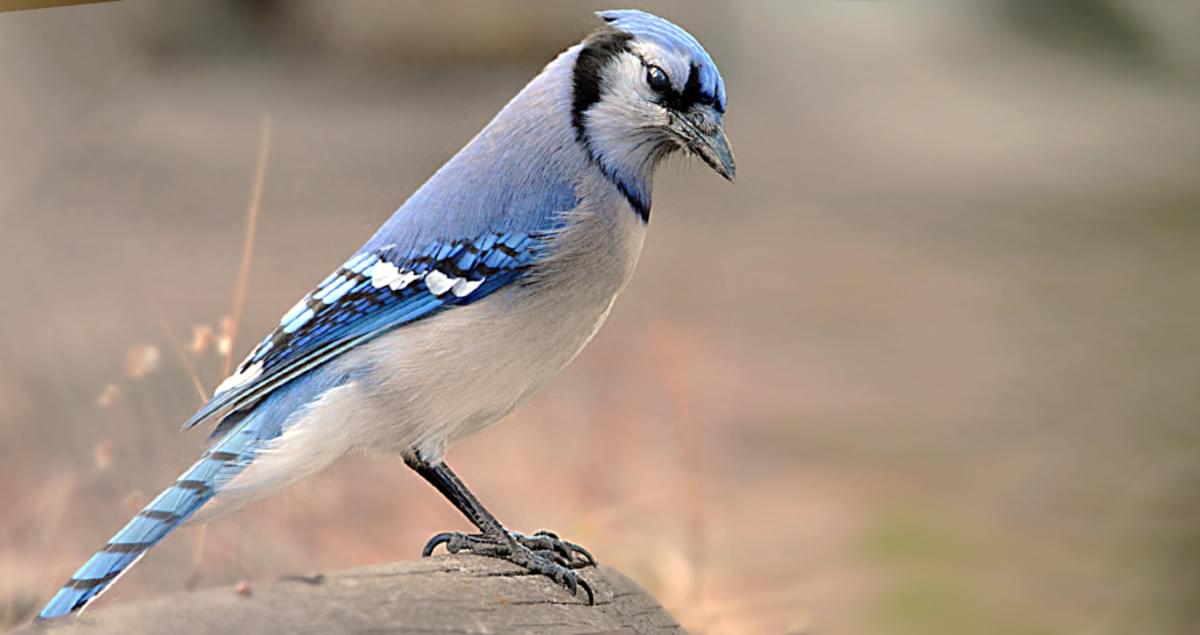



Blue Jay Life History All About Birds Cornell Lab Of Ornithology
These creatures have very strong beaks, which are built perfectly for cracking open nuts This is because nuts and seeds make up the bulk of their diet Some commonly eaten food items include corn, acorns, grains, berries, fruits, insects, peanuts, and virtually any table scraps that they can get a hold ofDiet The blue jay is omnivorous It eats fruits, acorns, seeds, nuts, insects, mice and frogs Sometimes a blue jay will raid a nest for eggs and young birds When a blue jay eats nuts, it holds the nut with its feet and cracks it open with its bill The blue jay is a seed spreader It often buries food to eat later Diet and Feeding Blue jays are omnivorous birds and opportunistic feeders that may sample just about anything available Nuts, berries, seeds, corn, carrion, insects, eggs, and even small animals such as lizards or baby birds may be part of their diet, and they easily switch to different food sources at different times of yearThis adaptability serves blue jays well and
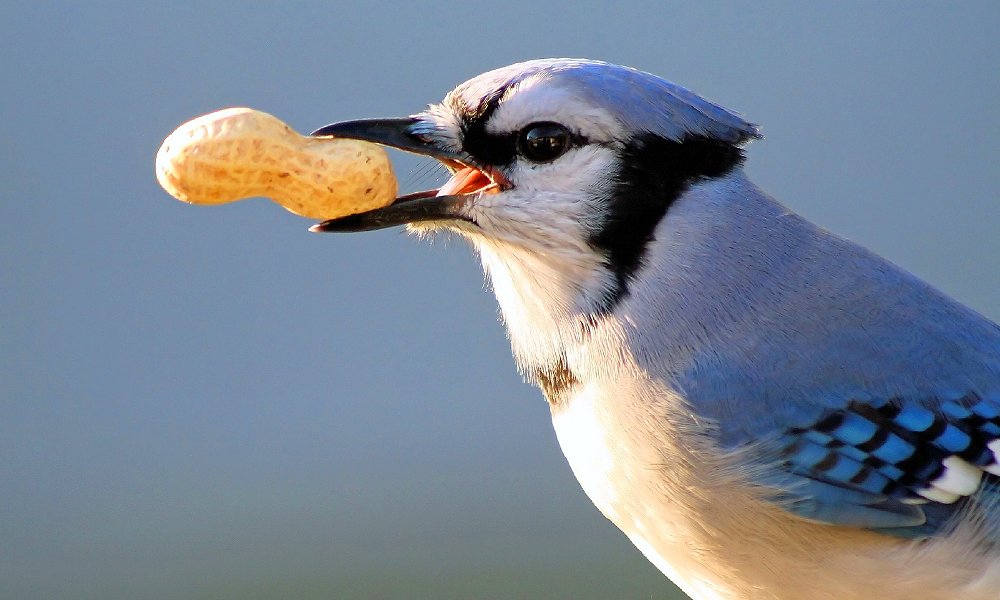



12 Tips On How To Attract Blue Jays To Your Yard 21 World Birds




Blue Jay Life History All About Birds Cornell Lab Of Ornithology
The blue jay is a noisy, bold, and aggressive passerine It is a moderately slow flier (roughly 32–40 km/h (–25 mph)) when unprovoked It flies with body and tail held level, with slow wing beats Its slow flying speeds make this species easy prey for hawks and owls when it flies in open areasFeeding a Baby Blue Jay FledglingEnjoy every day!Please Share, Like, and Subscribe!Baby Blue Jay We have a Baby Blue Jay, we call JAY he/she fell of a pine tree from nest We took care of JAY for 2 1/2 months




What Do Baby Blue Jays Eat Bird Feeder Hub
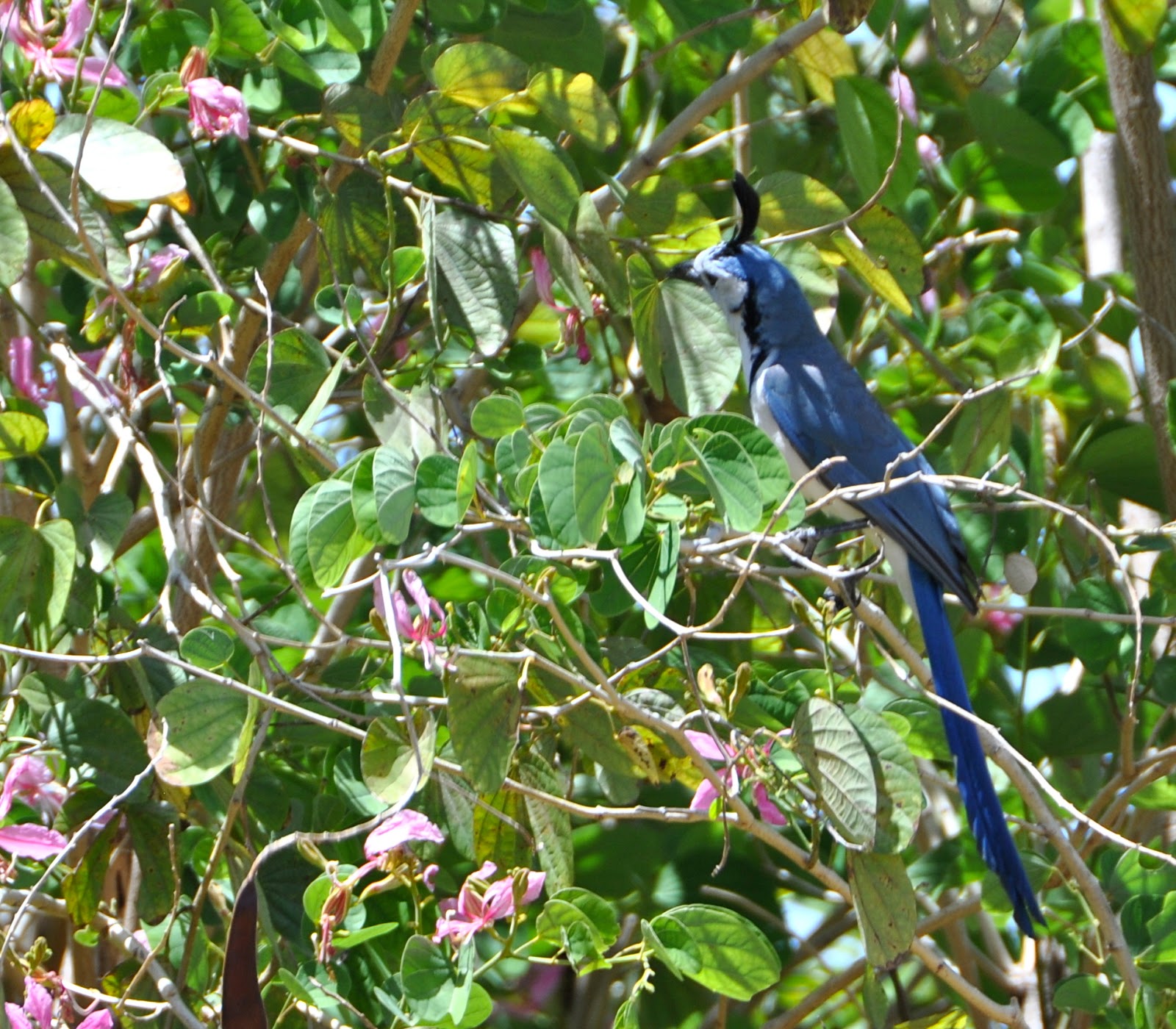



Nicaraguan Backyard Birds Meet Western Nicaragua S Blue Jay
In addition to nuts and seeds, blue jays may eat other food sources such as berries, bugs and frogs They usually don't eat adult bees or wasps, but sometimes they will break open a wasps' nest to eat the soft larvae inside Here are some ways how to feed a baby blue jay Select good berries from your backyard or the store if you don't have any Grind/blend them to achieve a smooth texture Add water to soften the food Use a baby food dropper with a tip that resembles the beak of a mother blue jay This will make sure Blue jays are fairly large song birds that sport striking blue feathers Jays can live in most areas as long as they have a suitable place to nest Hang the birdhouse at least 5 feet off the ground on a tree, as blue jays prefer nesting in trees rather than in houses mounted on poles




Blue Jays Cyanocitta Cristata Beauty Of Birds
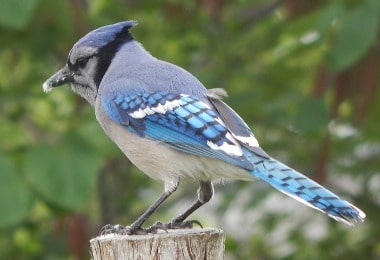



Blue Jay Bird What Do They Eat Where Do They Nest
HELP 2 Baby Blue Jays and lots of Cats Please send me suggestions for the feeding the baby blue jaysunfortunately it is an incredibly windy day and the nest must be high in the tree There are lots of cats around (good hunters toothey caught a small heron or bittern yesterday) Too late in weekend to get "professional" helpBoth the male and female construct the nest of sticks and line it with twigs or leaves The nest may be used in subsequent years, with new lining added Nest heights in Tennessee average 45' and range from 25' to 65' above the ground Status in Tennessee The Redshouldered Hawk is a permanent resident and found throughout most of the state ItϮ Blue Jay C cristata) Gr κυανος kuanos darkblue;




Blue Jays Cyanocitta Cristata Beauty Of Birds



Blue Jay National Geographic
He is fed insects, a mush called "songbird diet" and some berries Also Know, how often do Blue Jays have babies?Physical Description Western scrubjays have, on average, a length of 2921 cm from the tip of their beak to the end of their tail Their average weight is 85 g;This is the "blue jay" of parks, neighborhoods, and riverside woods near the Pacific Coast Pairs of California ScrubJays are often seen swooping across clearings, giving harsh calls, with their long tails flopping in flight They readily come to backyard bird feeders Until recently, this jay was considered part of the same species as the Woodhouse's ScrubJay;




Blue Jay Life History All About Birds Cornell Lab Of Ornithology




Blue Jay Infographic
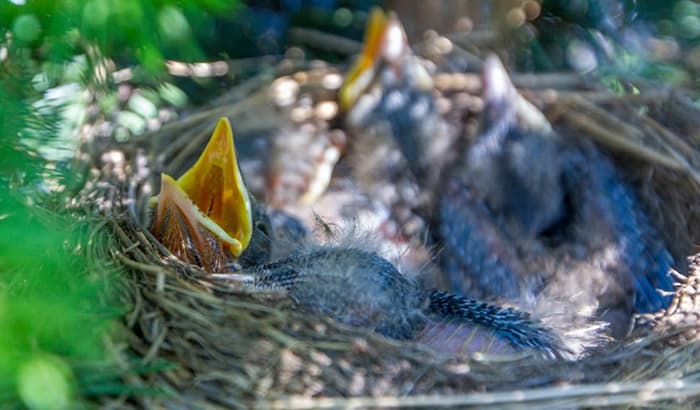



How To Care For A Baby Blue Jay Birding Deport



Baby Bird Identification




Feeding Orphan Blue Jay Fledgling Youtube
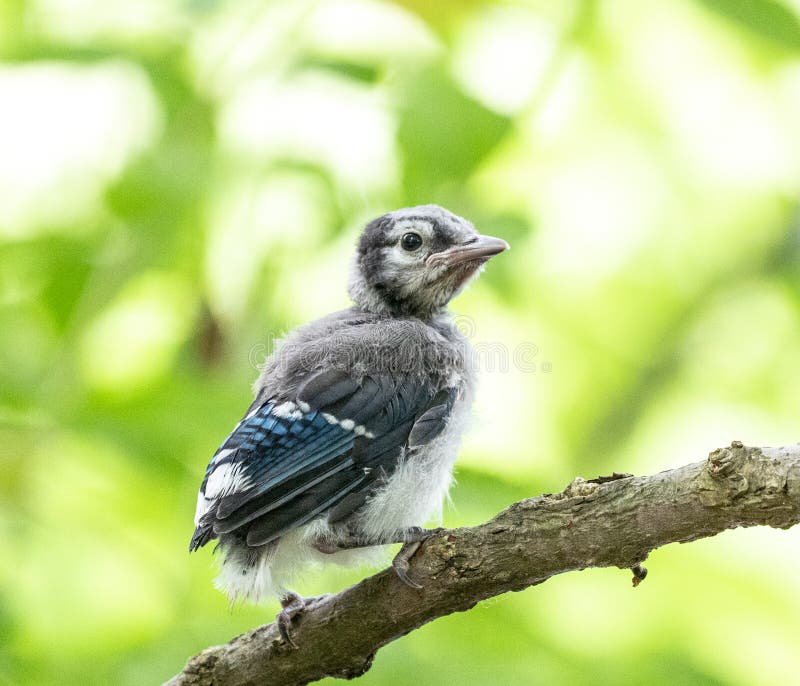



Blue Tit Fledgling And Mother Bird Stock Image Image Of Diet Offer




Little Known Fact Blue Jays Are Vicious Carnivores
/https://www.thepeterboroughexaminer.com/content/dam/thepeterboroughexaminer/life/2017/11/02/mysteries-of-the-blue-jay-despite-it-being-common-to-peterborough-and-the-kawarthas-there-s-a-lot-to-learn/1298002823218_ORIGINAL_Gallery.jpg)



Mysteries Of The Blue Jay Despite It Being Common To Peterborough And The Kawarthas There S A Lot To Learn Thepeterboroughexaminer Com




How To Tell Male And Female Blue Jays Apart Is It Even Possible Youtube




How To Feed Wild Baby Blue Jays Animals Mom Com
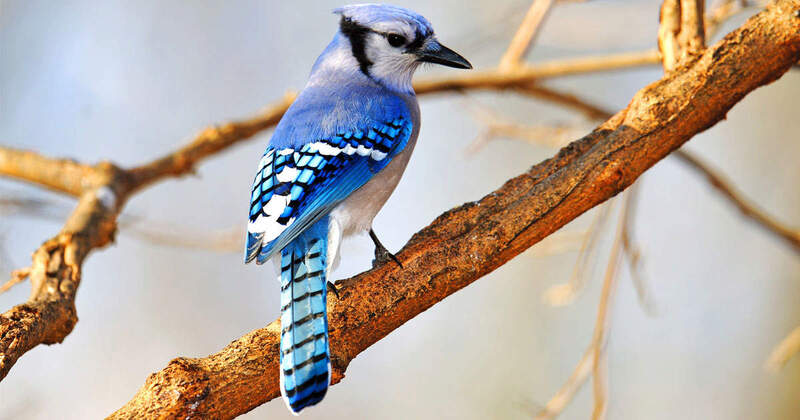



What Do Blue Jays Eat Daily Birder




Blue Jay A New Look At A Common Feeder Bird




Steller S Jay Audubon Field Guide




Feeding A Baby Blue Jay Fledgling Youtube




Attract Blue Jays With These 4 Simple Strategies 21 Bird Watching Hq




15 Fun Interesting Facts About Blue Jays 21 Bird Watching Hq




The Scrub Jay In Defense Of The Blue Squawker Nature In Novato




12 Tips On How To Attract Blue Jays To Your Yard 21 World Birds




12 Tips On How To Attract Blue Jays To Your Yard 21 World Birds
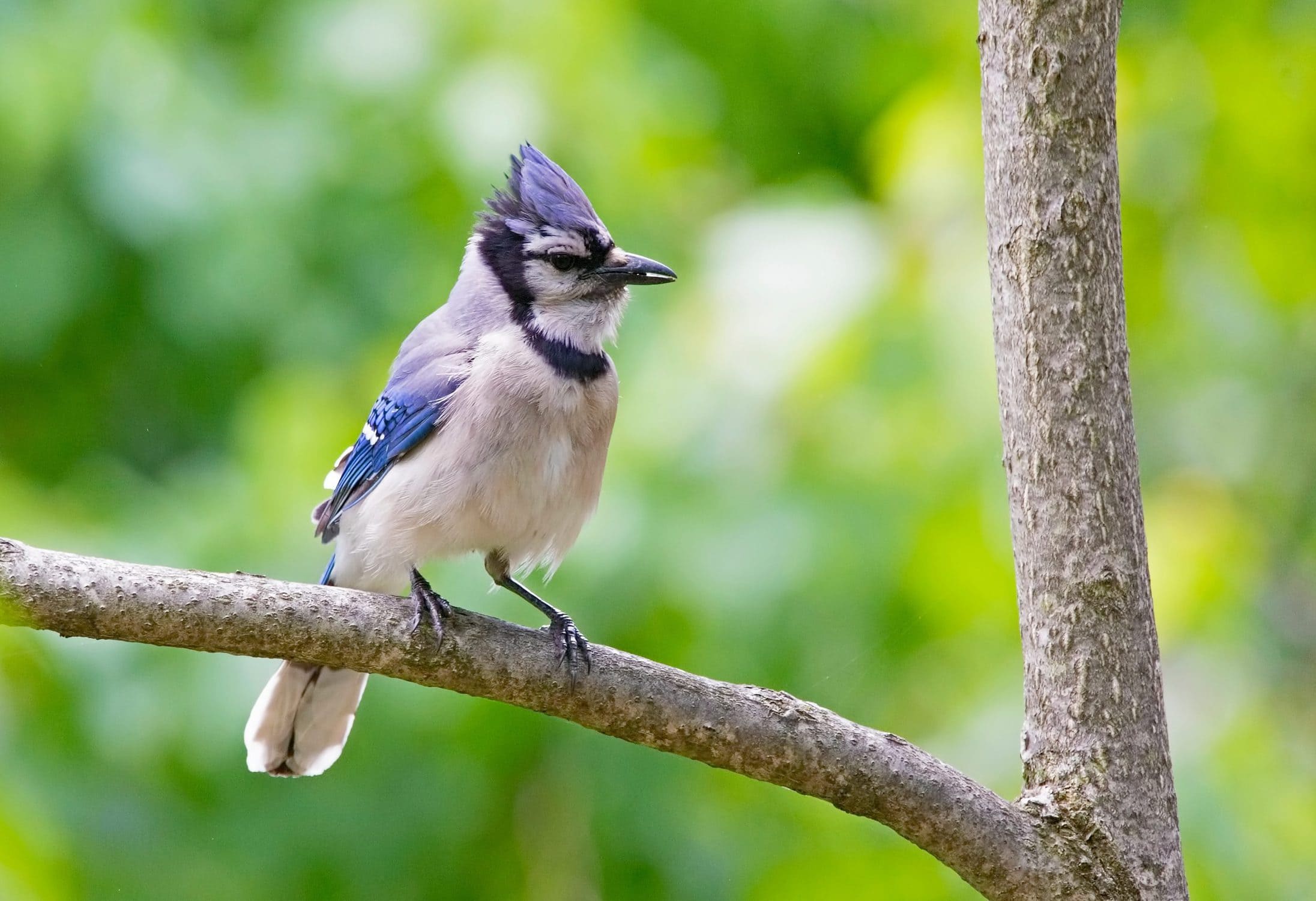



5 Best Blue Jay Feeders That Actually Work 21 World Birds




They Re Loud And Aggressive But Blue Jays Have Good Reason To Be



Blue Jay Fledglings The Washington Post
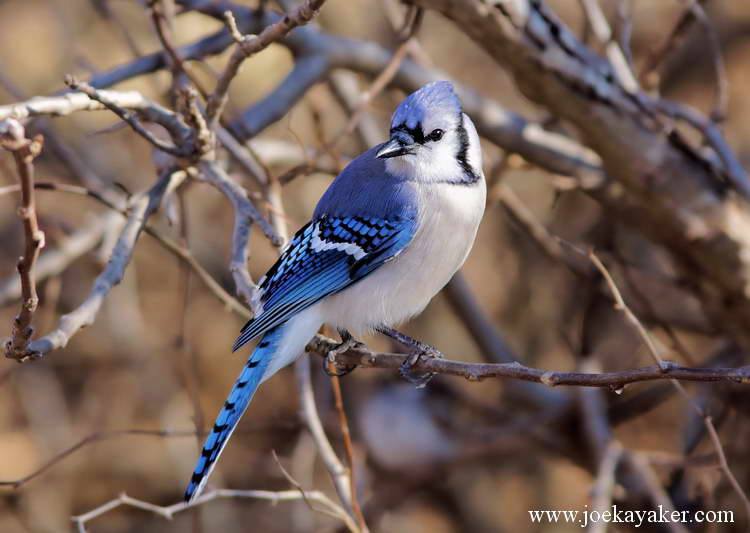



Long Island Wildlife Bird Of The Week Blue Jay Fire Island And Beyond
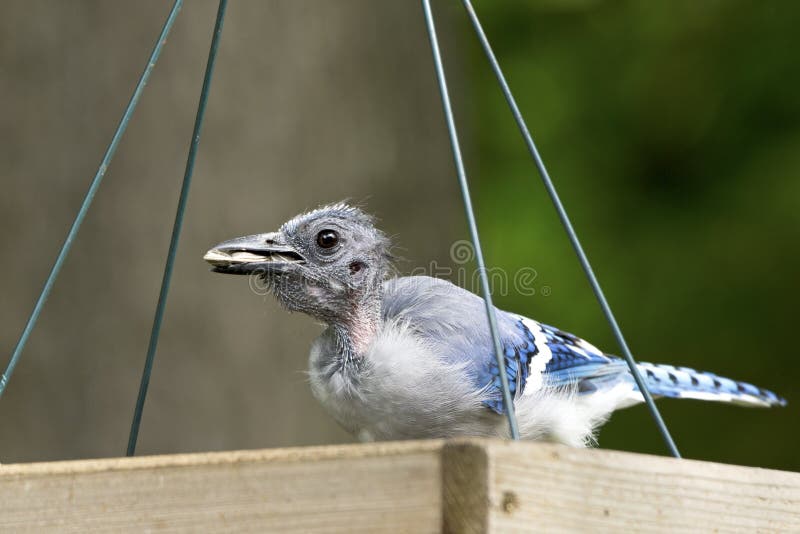



Blue Tit Fledgling And Mother Bird Stock Image Image Of Diet Offer
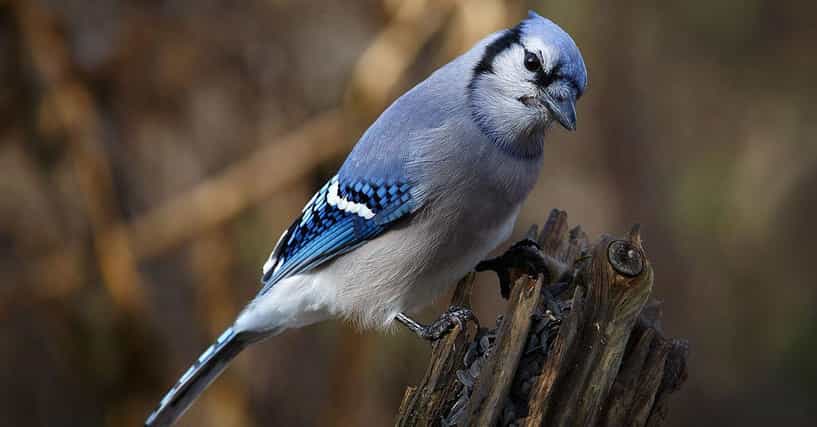



Blue Jays May Be Cute But They Re Airborne Jerks Of The Highest Order




What Do Baby Blue Jays Eat Bird Feeder Hub
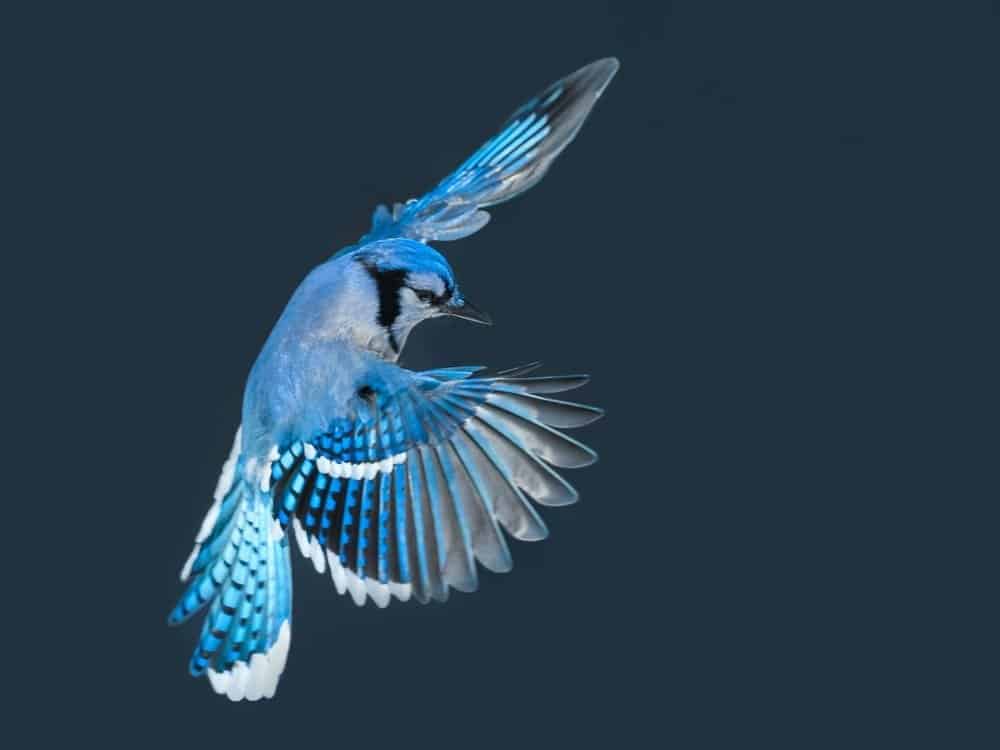



Blue Jay Bird Facts Cyanocitta Cristata Az Animals




What Do Blue Jays Eat Joy Of Animals



Blue Jay National Geographic




What Do Blue Jays Eat How To Attract These Stunning Birds




Blue Jay



3
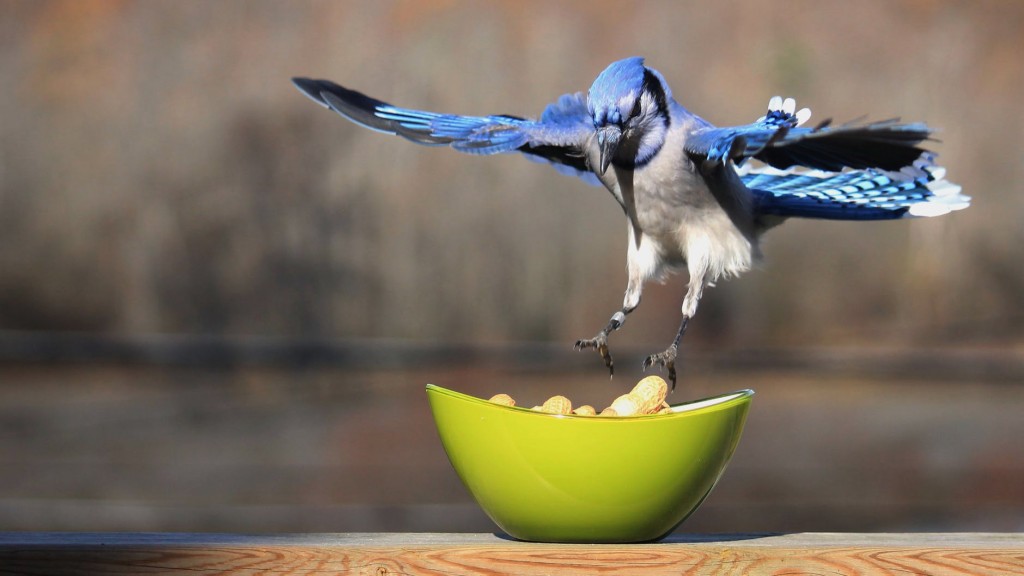



Blue Jay Foods What Do Blue Jays Eat




15 Fun Interesting Facts About Blue Jays 21 Bird Watching Hq
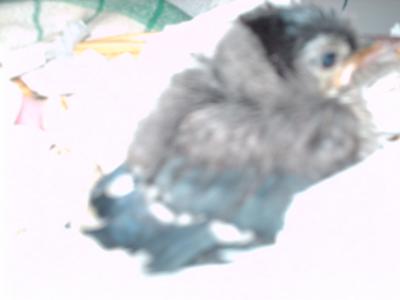



Baby Blue Jay
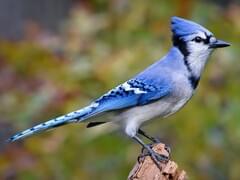



Blue Jay Overview All About Birds Cornell Lab Of Ornithology
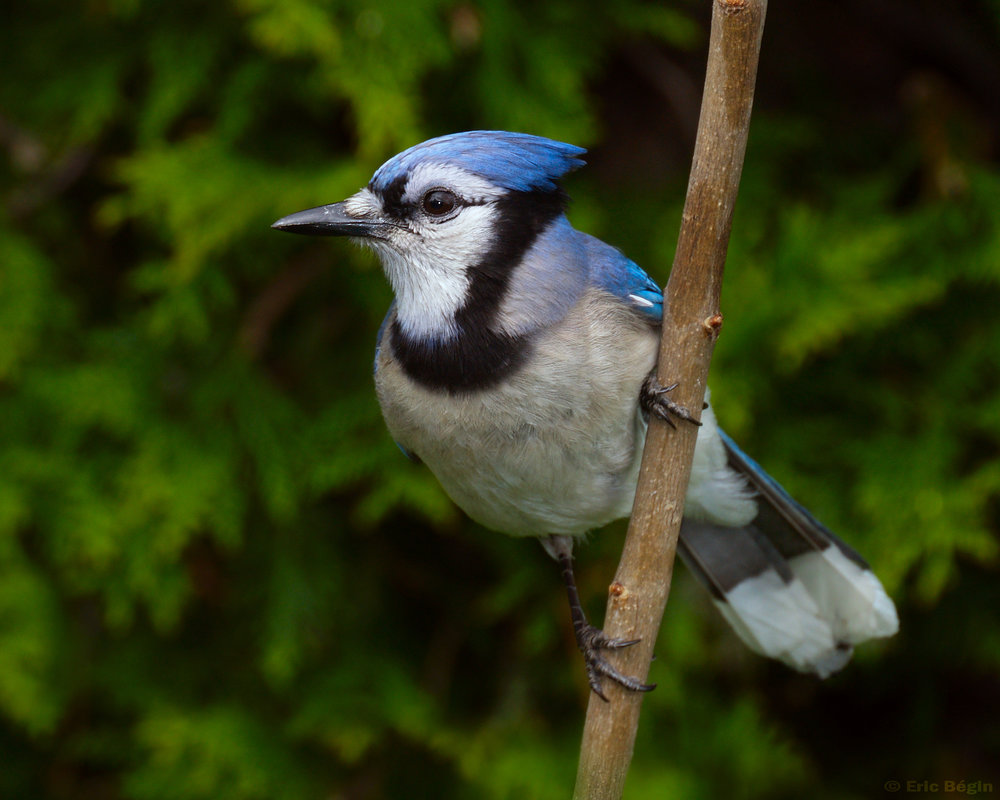



Blue Jay Madison Audubon




Quick Tips To Attract And Deter Blue Jays In Your Backyard
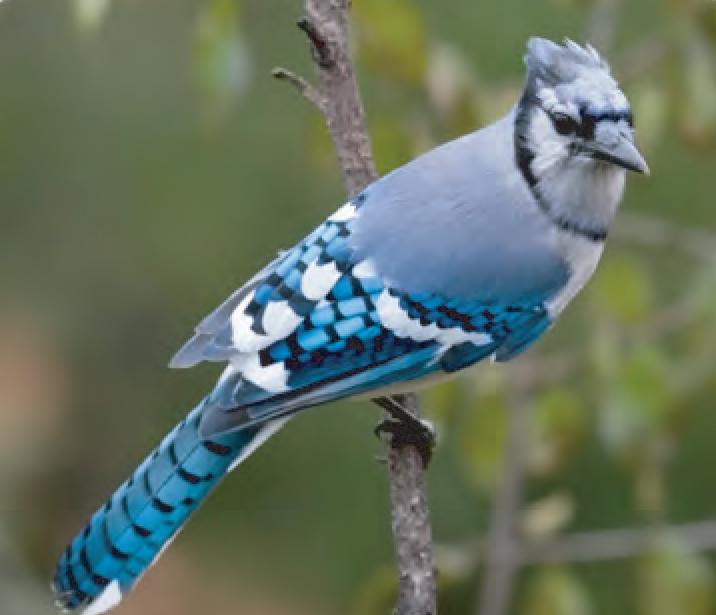



Animal Facts Blue Jay Canadian Geographic




Species Profile Blue Jay Nature S Clown Birdwatching



Birding Blue Jays Put On A Nutty Show Star Tribune




Baby Blue Jay Hand Feeding Youtube
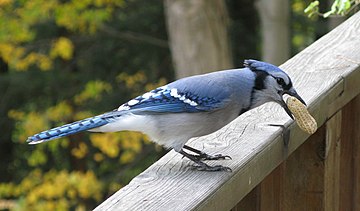



Blue Jay Wikiwand




What Do Baby Blue Jays Eat Bird Feeder Hub




Slings And Arrows Why Birders Love To Hate Blue Jays Audubon
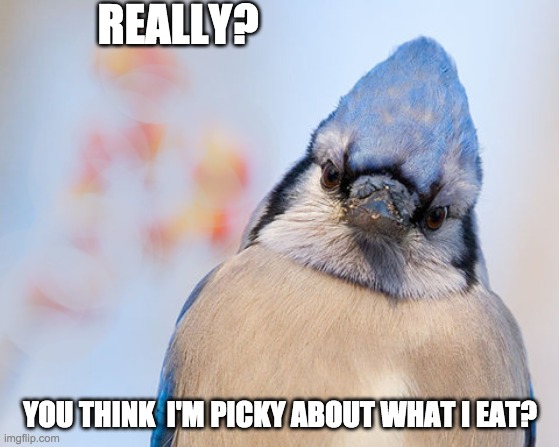



Blue Jay Foods What Do Blue Jays Eat
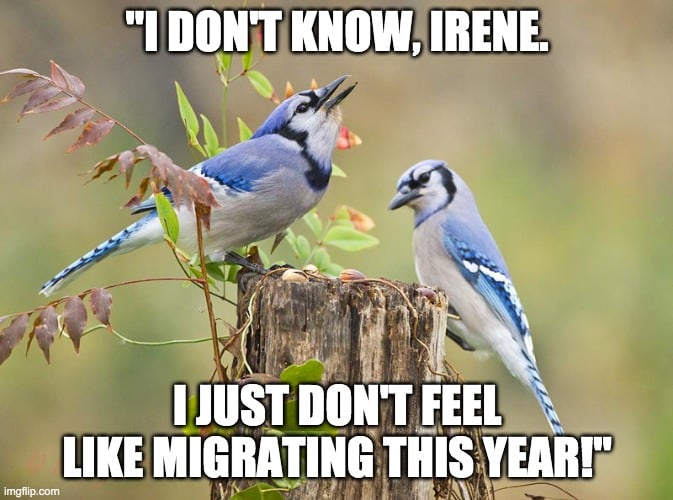



Blue Jay Foods What Do Blue Jays Eat




Do Blue Jays Eat Other Birds The Answer May Surprise You Birdwatching Buzz



Wild Birds Unlimited Bird Of The Month Blue Jay The Zen Birdfeeder
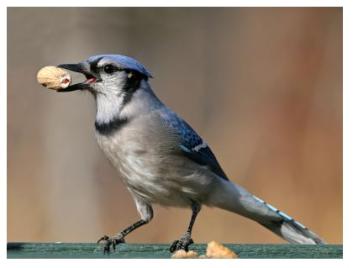



The Blue Jay Raucous Extrovert The Noisy Bird At The Feeder




What To Do If You Find A Baby Bird Plus Baby Steller S Jay Tough Little Birds




What Do Blue Jays Eat How To Attract Blue Jays




Campus Biodiversity Blue Jays
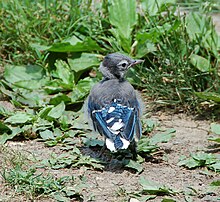



Blue Jay Wikipedia




A Mother Blue Jay Feeding Her Hungry Babies Photober Free Photos Free Images For All




Watch A Baby Blue Jay Getting Fed Youtube




What To Do If You Find A Baby Bird Plus Baby Steller S Jay Tough Little Birds




Attract Blue Jays With These 4 Simple Strategies 21 Bird Watching Hq




Blue Jay Wikiwand
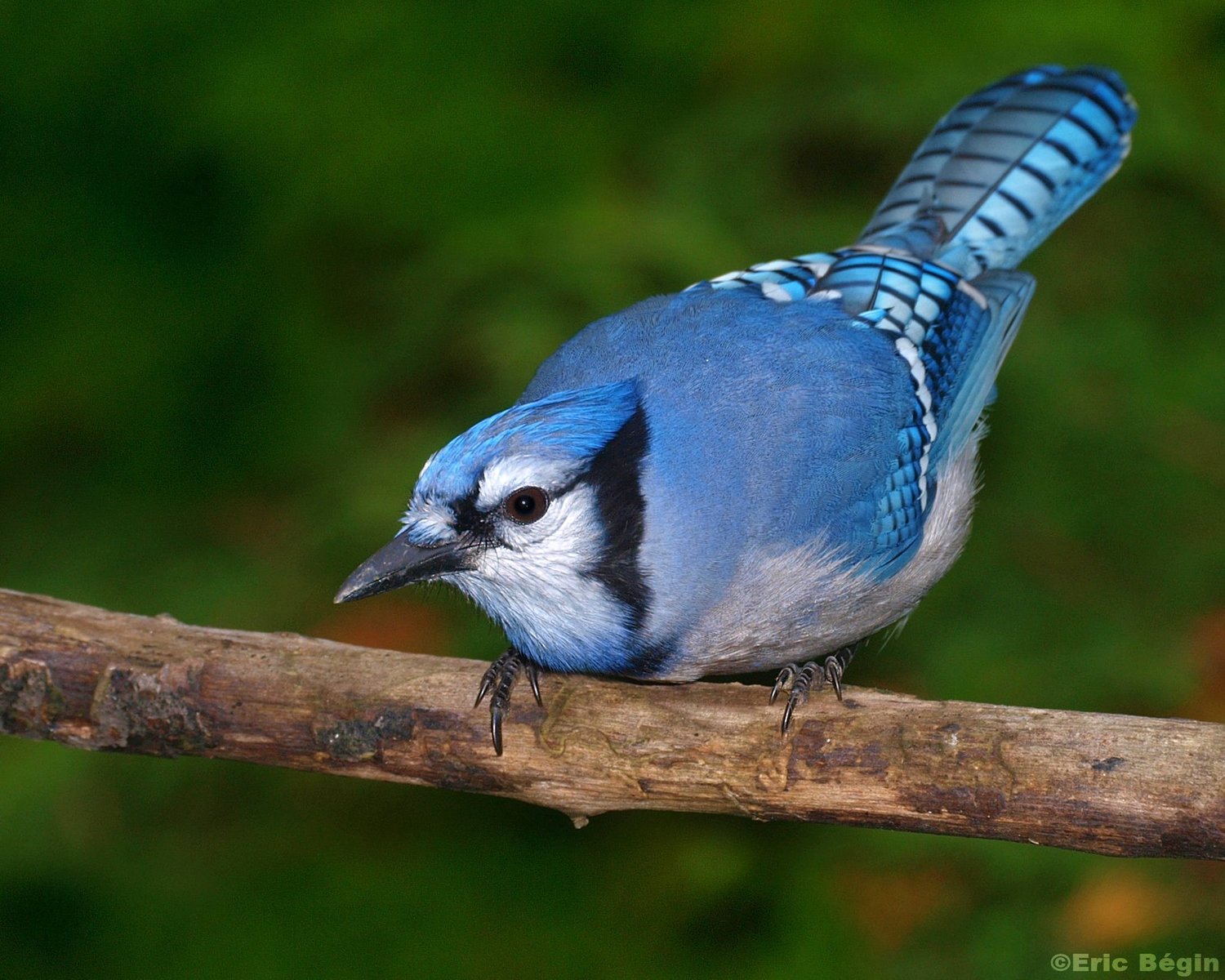



Blue Jay Madison Audubon



How To Feed Wild Baby Blue Jays Animals Mom Com



3




A Mother Blue Jay Feeding Her Hungry Babies Photober Free Photos Free Images For All
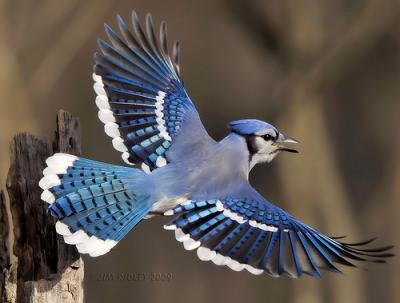



Blue Jay Facts Blue Jay Behavior Migration Diet Habitat
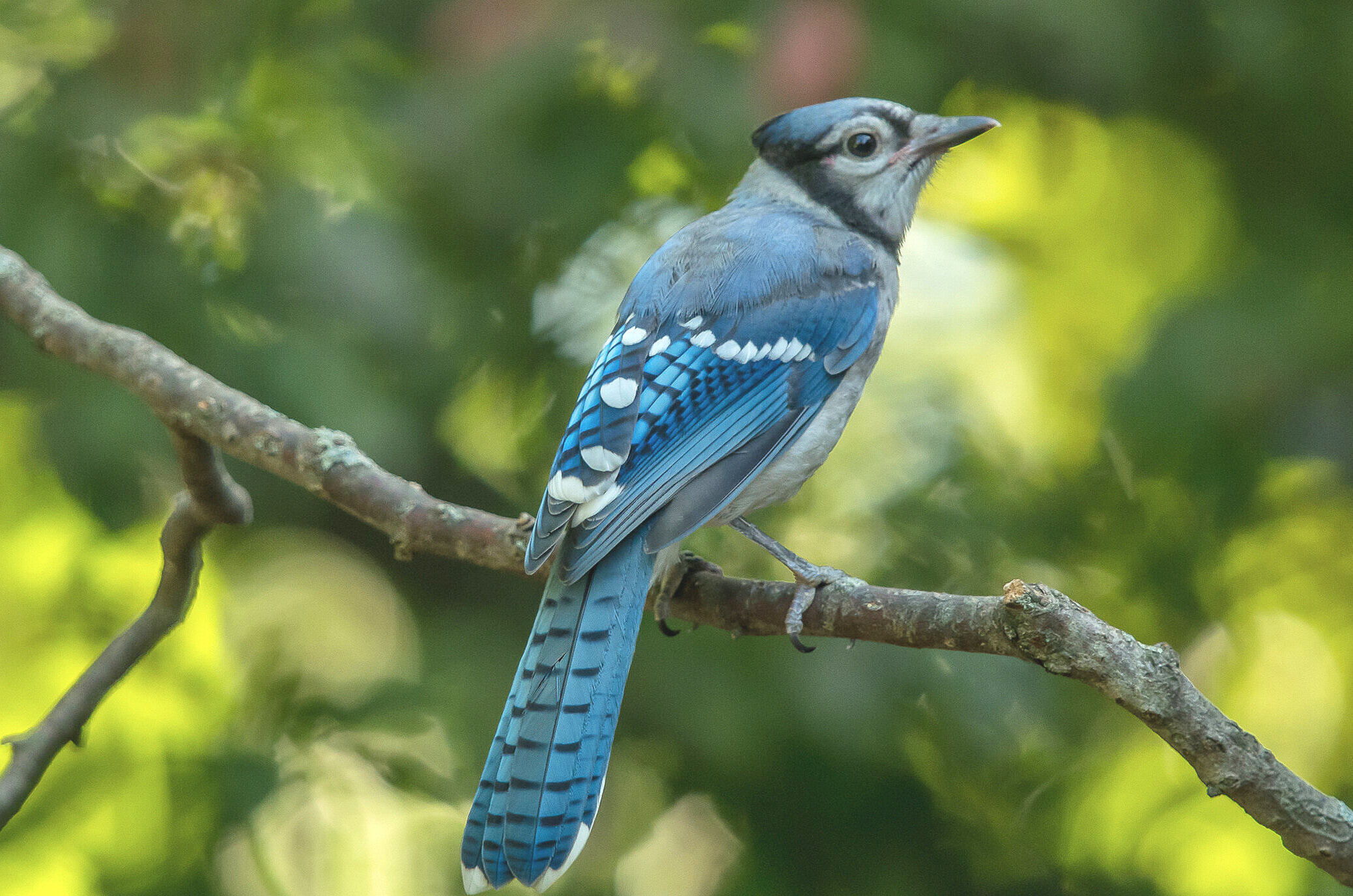



Attracting Blue Jays To Our Garden After West Nile Disease Ferns Feathers
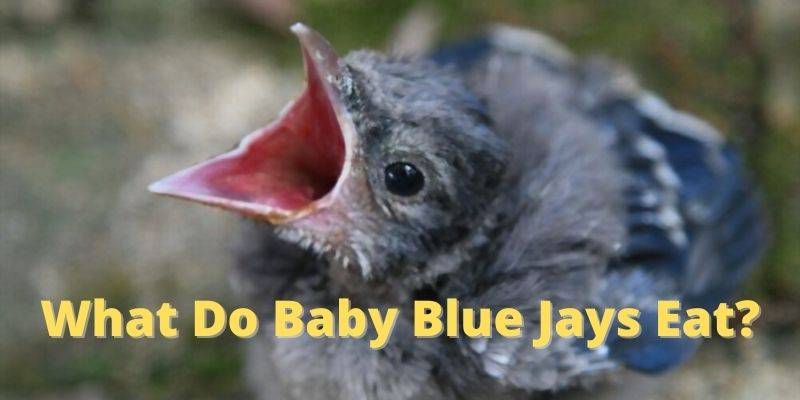



What Do Baby Blue Jays Eat Foods Diet Guide
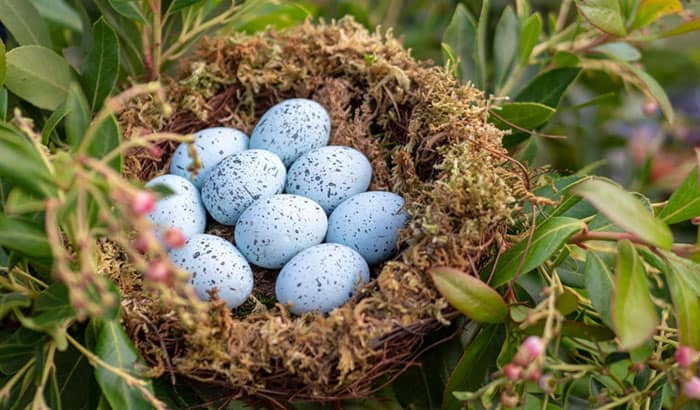



How To Care For A Baby Blue Jay Birding Deport




Nature Nut Don T Begrudge The Hungry Blue Jays Post Bulletin




15 Fun Interesting Facts About Blue Jays 21 Bird Watching Hq
/Bluejaywithpeanut-GettyImages-587969324-5a18a0e6beba330037557592.jpg)



How To Attract Jays To Your Backyard
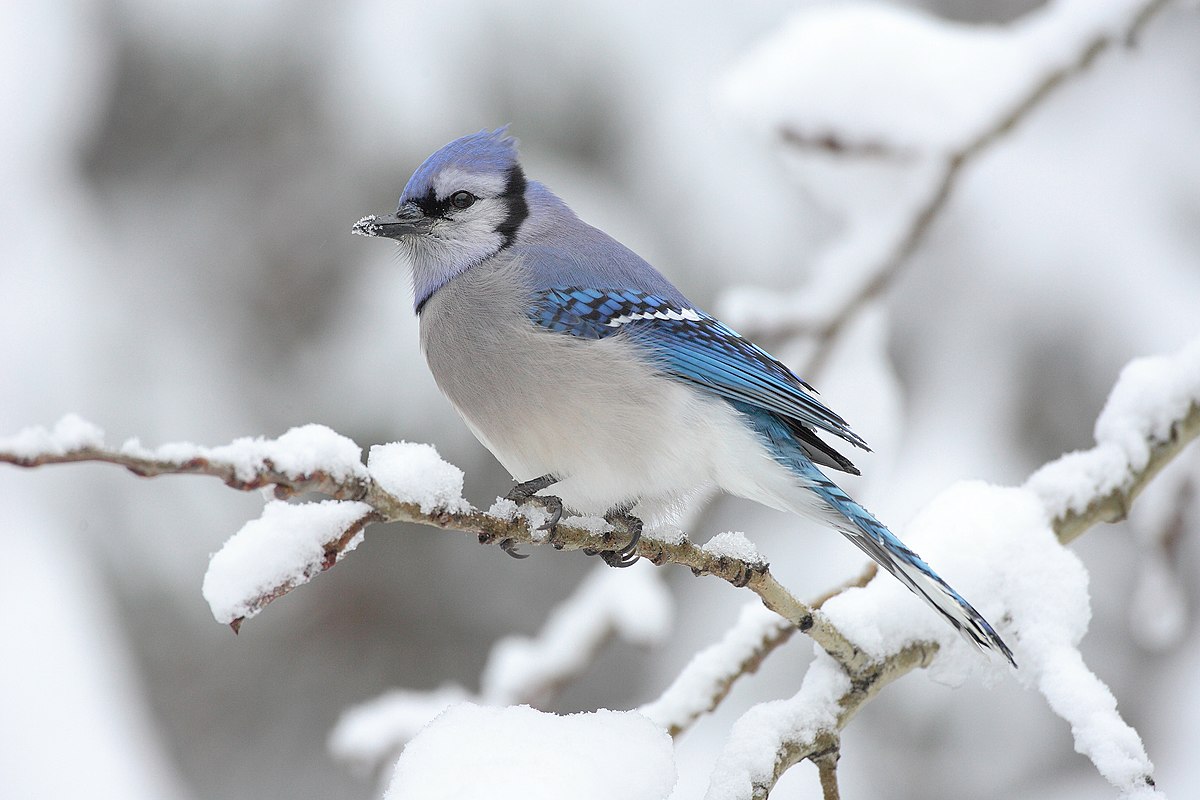



Blue Jay Wikipedia




What Do Blue Jays Eat How To Attract Blue Jays




12 Tips On How To Attract Blue Jays To Your Yard 21 World Birds




Bluejay Backyard Birds Wild About Birds



0 件のコメント:
コメントを投稿